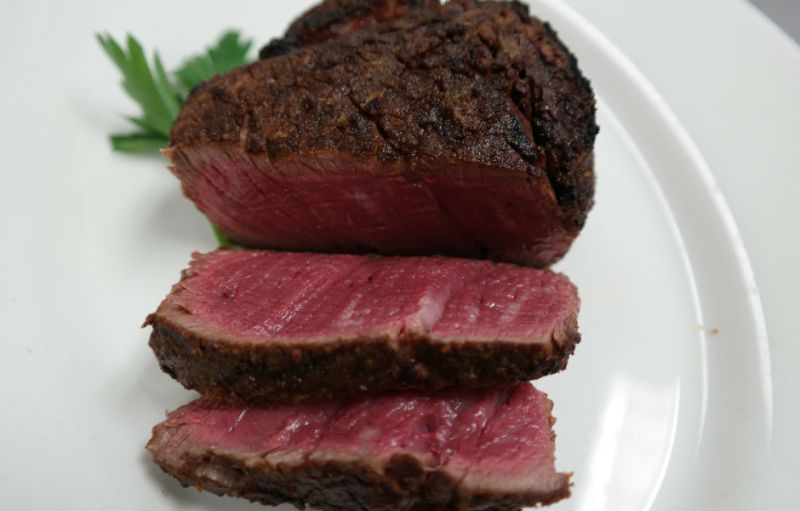
So what is the big deal about Kobe beef? “It’s very tender, it’s very juicy, and it’s like eating marshmallow steak,” said Empire Steakhouse owner and executive chef Jack Sinanj. “It’s very soft. It’s not an everyday steak.” The cow has to be raised in Japan, where it is fattened with beer — who knew that drunk cows could produce such tasty steak? Each piece of Kobe beef that’s imported to the United States also comes with a certificate of authentication with the cow’s nose print on it. “It says who is the father, who is the mother,” said Sinanj. “You know the name of the cow and the parents.”
The steak, which Sinanj says should be cooked medium rare, is so soft that it doesn’t even need a steak knife. When you finally take that bite, it melts in your mouth like butter. Sinanj also suggests that you pair it with a good bottle of red wine and sides like the Empire Steakhouse’s creamed spinach. So next time you go to a restaurant and see something on the menu that is labeled as Kobe beef, think twice — you may not be getting what you ordered.
For more information, visit empiresteakhousenyc.com.


